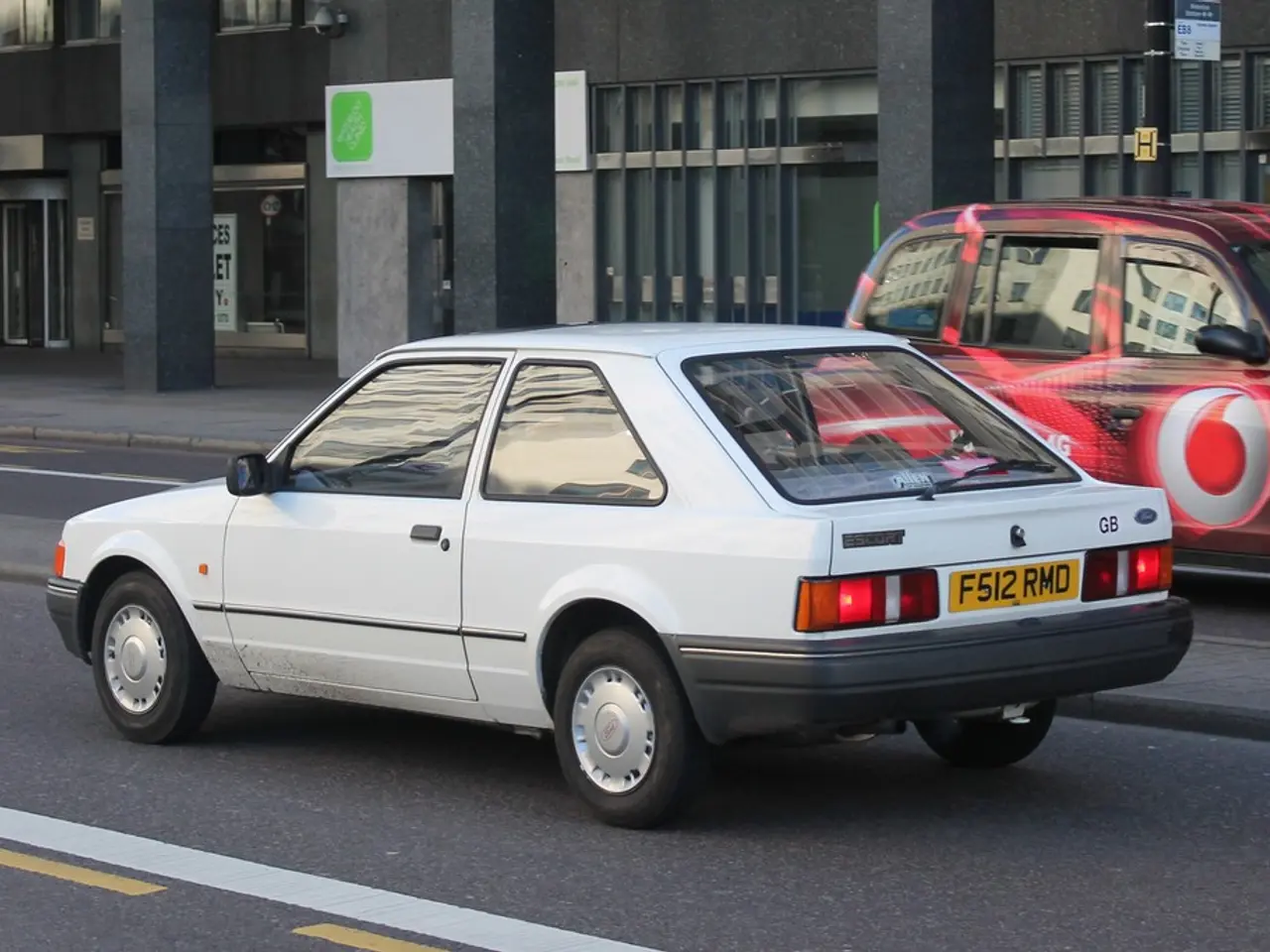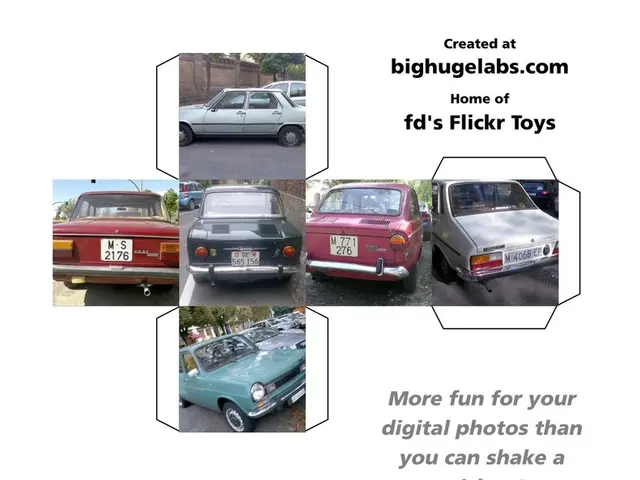Construction hurdles for Renault Group's expansive driving simulator project
The Renault Group has successfully completed the ROADS (Real Open Air Driving Simulator) project, a groundbreaking initiative designed for the future of automotive companies. The simulator, operational since April 2021, was launched in spring 2023.
The ROADS building, constructed to house the simulator, faced unique challenges, including civil engineering constraints and strict simulator specifications. One of the key challenges was laying a primary concrete slab that would be rigid enough to ensure the simulator's dynamic performance. The concrete slab, measuring 1.5 meters thick, rests on a network of 55 concrete pillars, creating an ultra-stable area of nearly 1400 square meters.
The ROADS simulator, with a size of approximately 20 meters in length, 9 meters in width, and 6 meters in height, and weighing around 20 tons, is made up of three components: an immersive dome, a hexapod, and a gantry. The gantry, the largest part of the simulator, measures 28 meters long by 4 meters wide and weighs 12 tons. Its transportation was difficult due to its size, requiring a slow convoy and five days for a 533 km journey.
The simulator can exert dynamic forces, including lateral and longitudinal acceleration up to 1G and a displacement speed of 9 meters per second, on the stable area. To power this dynamic performance, an innovative energy recovery system, similar to that used in electric vehicles, has been implemented. The energy lost during deceleration and braking is recovered and stored in a supercapacitor for later use during acceleration phases.
The design of the electrical equipment posed challenges due to power cable length. As a result, power cables had to pass over a large glass window more than 6 meters high. The carbon fiber dome arrived in separate pieces and was assembled on site. The first movement of the dome in April 2021 symbolized the full potential of the giant new simulator.
Serge Diop, the project manager, expressed personal satisfaction in bringing the ROADS project to fruition. The ROADS project, despite the challenges faced, was completed in September 2020. The ROADS simulator is now a crucial tool for the Renault Group in the development of next-generation vehicles.
Read also:
- Vans returning, allegedly?
- New details have surfaced regarding the extended ranges for the Tesla Model Y L and Model 3+ vehicles.
- Urgent Action: Users of Smartphones Advised to Instantly Erase Specific Messages, as per FBI Admonition
- Steal a bargain on this weekend's best Apple products: MacBooks, iPads, and AirPods available at a discounted price on Amazon!








